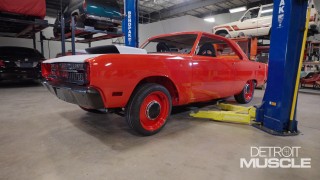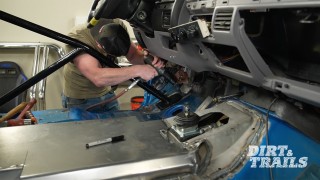The 2024 Ford F-150 Is Going On a Diet, Will Have 2,400 Fewer Parts

The Ford F-150 has been the brand’s flagship model since 1948, and the F-Series has been the top-selling pickup truck in the U.S. for 46 years straight. With this kind of reputation behind it, Ford plans on trimming the fat off the 2024 Ford F-150 by minimizing production costs and maximizing productivity and sales.
How Will The 2024 Ford F-150 Be Different?
To fulfill this strategy, Ford Blue president Kumar Galothra revealed that the company intends on producing the 2024 model year using 2,400 fewer parts than the 2023 models. While speaking with Automotive News, Galothra explains that by simplifying the 2024 F-150’s production, the easier it will to push units out.
“From one model year to another, we’re taking about 2,400 parts out of the F-150,” says Galothra. “That means many fewer parts to engineer, test and manage quality on.”
However, the 2024 F-150 won’t be the only Ford model that will be slimming down. The Explorer SUV is currently built with over 500 combinations of cable harnesses. For the 2024 model, the company aims to trim that total down to less than 20.
What Other Changes Is Ford Making?
Aside from the number of parts being used, Ford has managed to save $30 million per year after changing the materials of the front rails, mounts, and exhaust manifolds. An additional $11 million was saved annually when Ford chose to remove a cable needed to physically pull vehicles through their factory assembly lines.
Ford Blue also believes that by putting a stronger emphasis on each vehicle’s internal software, the lifespan of these future platforms will be extended. This will further lead to the company spending less on sheet metal. “The customers are valuing software more and more. And the beauty of that is with over-the-air capability, you can offer the customers all kinds of exciting stuff as the ownership experience goes on year to year,” says Galothra.
This development could possibly encourage future customers to purchase new vehicles after it was revealed that current market prices have urged drivers to hold onto their current cars for an average of 12.5 years.









